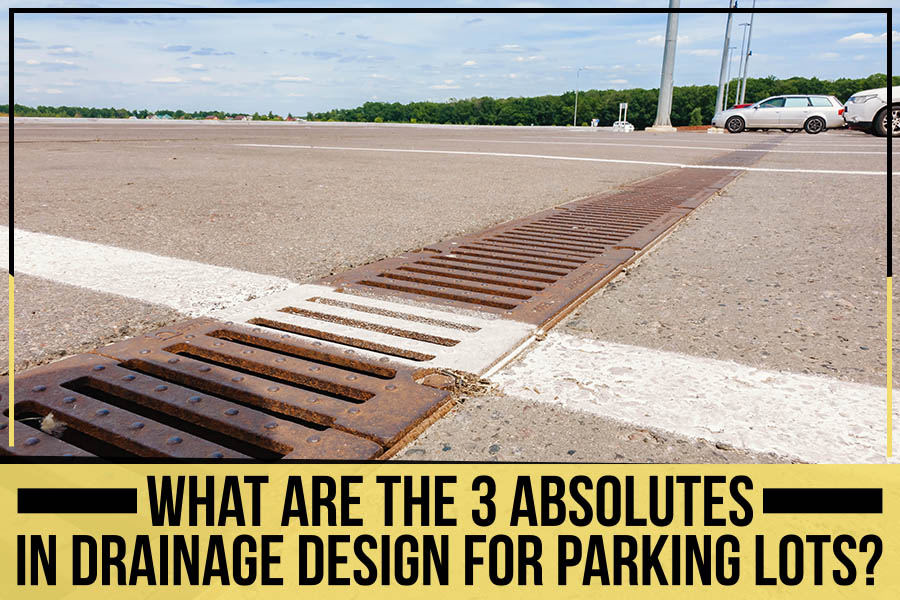
When it comes to drainage design for parking lots, there are a few absolutes that you need to keep in mind. If you want to ensure that your parking lot is adequately drained and can handle rain and snowfall effectively, follow these guidelines!
Know your parking lot’s slopes and adjust for proper water drainage:
You might start by looking at your site’s contour map while constructing your drainage system. A contour map depicts the slopes, pits, and flat areas on your land, allowing you to decide the optimum sites for drainage equipment installation and placement. The map will also show you how much rainwater a certain location may receive, so you can properly prepare your property.
With the information from your contour map, you may design a bigger inlet based on how much water the base will get.
You have to install a drain to accommodate the rainwater or snow your asphalt may get in strongly sloping locations. Installing grate inlets at numerous locations might help decrease water collection if your parking lot is level or does not have a decent slope angle.
Another approach is to angle your asphalt pour, which requires constructing a steep enough curve to allow the waterfall to flow to the sides. When gravity is insufficient, this technology is commonly employed on roads and highways to channel rainfall into gutters and canals. If your parking lot is generally level, you may use a similar approach to simulate a slope to reduce possible puddling or pooling.
Improve Efficiency using Berms or Curbs:
You may also optimize your drainage design by using berms or curbs to complement the slopes and contours of your parking lot. A curb serves to construct a barrier that directs water and snow to the proper grate or inlet.
Another use for a curb is to use it as an inlet. Constructing one or more curb opening inlets can drain water easily. Having numerous curbs with inlets also helps you plan out your drainage system so that you may optimize drainage while minimizing pooling.
Place drains at various strategic locations:
You might be wondering why your drains and inlets appear to be out of place when it comes to placement. While their placement may appear unusual, they are intended to be placed in areas where rainwater is expected to pool. These sites are the best for draining rainwater; however, they may vary over time due to the slopes and inevitable asphalt deterioration.
If your parking lot is huge, relying on a few grates per region will be impossible. As a result, building little trenches or runoffs is a good idea to help divert water and snow to the right drain.
Do you still have questions regarding parking lot drainage or how to construct your drainage system correctly? If so, we can assist you. To obtain excellent asphalt paving and maintenance services, immediately call Purcell’s Paving and Masonry in Bridgewater, NJ. We can solve your difficulties, whether you require seal coating for your pavement or a drainage plan for your parking lot.
Do explore our extensive paving & maintenance services, and book with us for an accurate estimate today!


